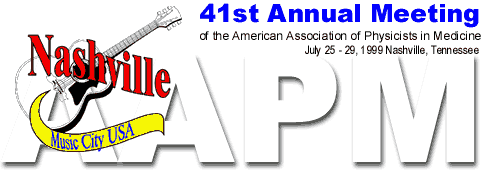
 |
| |
The numbering scheme encodes the day and time block into the abstract number. For example, for an abstract numbered as TU-D4-05, the TU corresponds to the day of the week (of SU, MO, TU, WE, TH), the D corresponds to the time block (of A, B, C, D, or E), the 4 corresponds to the track number (of 1 through 6). This is shown in the figure below: 
The organization for each day (Monday - Thursday) is shown in the table below:
This scheme (above) is used throughout the meeting, except on Sunday. There are two one-hour blocks in the morning used for refresher and/or continuing education courses, Blocks A and B. Blocks C and D correspond primarily to the scientific sessions (for oral presentations), however there is an occasional symposium in these time blocks as well. Block E is reserved primarily for the afternoon symposia, however occasionally scientific sessions may be in these time blocks as well. In general, Tracks 1 and 2 have been assigned to therapy, and Track 4 has been assigned to diagnostic sessions. Continuing Education Courses are held various times in various tracks. An effort was made to keep the room the same for each track, but there is an occasional exception. Poster and Paper sessions are laid out spatially, not temporally like the oral presentations. Posters have a PO instead of the day, and papers have a PA instead of the day. Similarly, EP stands for Electronic Posters. A complete description for Posters and Papers layout is given in the exhibit hall in the designated poster area. The organization of the abstracts numbering was meant to improve the efficiency of finding one's way around the meeting. This will only be true if the attendees are aware of the rationale for and how to use the numbering scheme. | |||||||||||||||||||||||||||||||||||||||||||||||||||||||||||||||